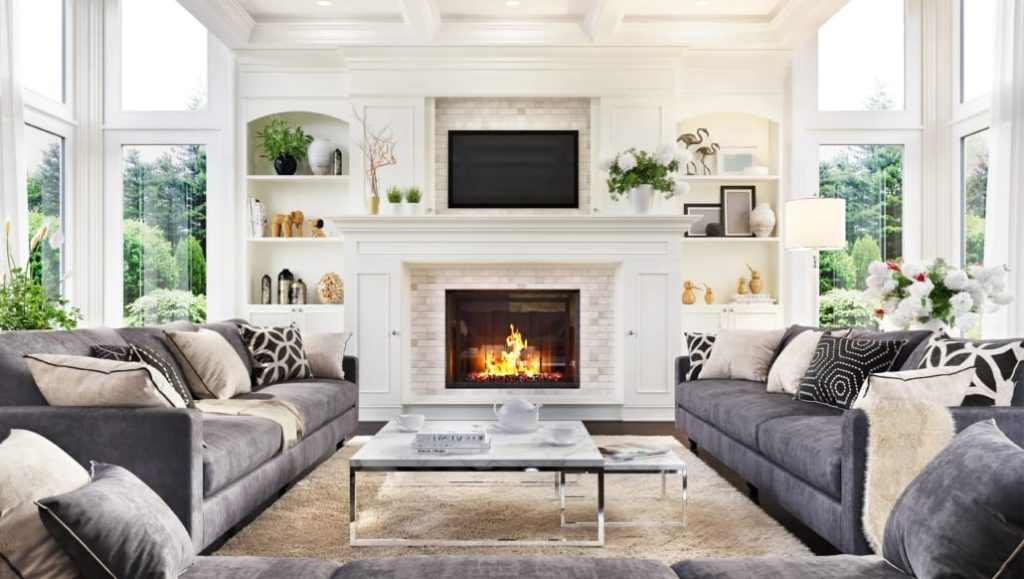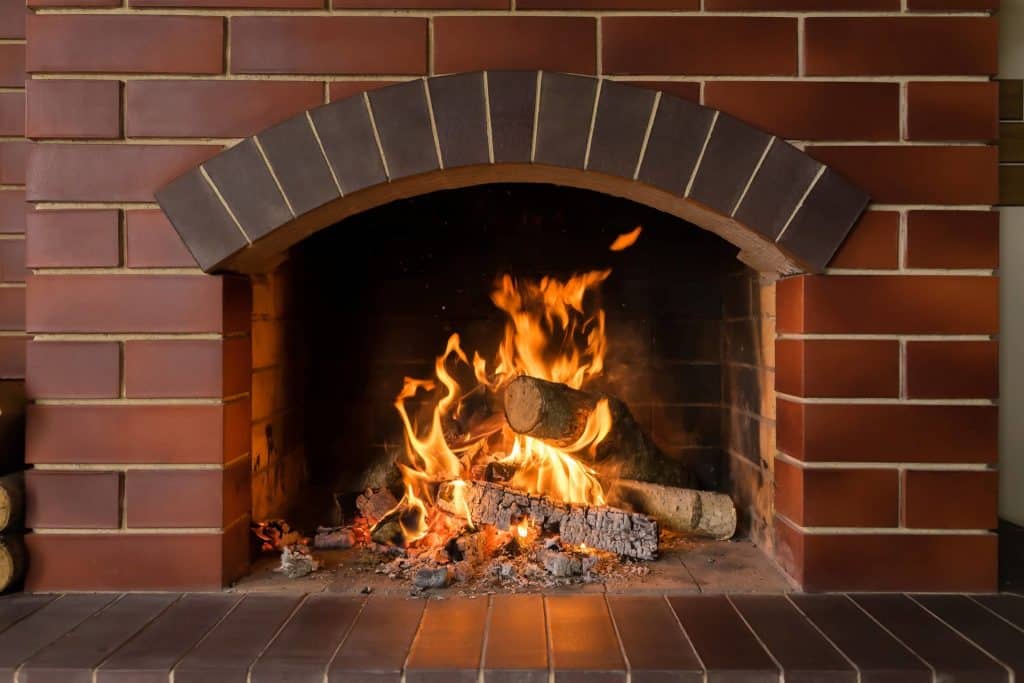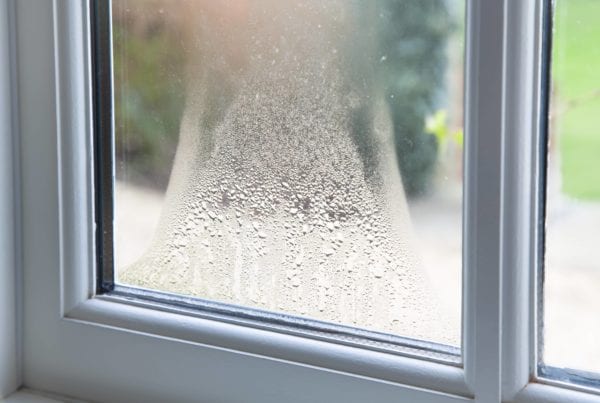
Picture this! You come home from a long day at work and all you want to do is start a fire in your fireplace and cozy up on the couch. While the fire burns and keeps you warm, you sip some coffee and enjoy the ambiance in your home. Right in the middle of your euphoric moment, the phone rings! It’s your neighbor and they need some help at their house. So much for enjoying that fire any longer! You begin to get yourself ready to leave and realize that the fire needs to be put out. How to put out a fireplace fire? Eliminating the three things that keep a fire going: fuel, heat, and oxygen.
Let’s take a look at the safest ways to put out a fireplace fire.

Know Your Fire
The best way to stay safe when it comes to your fireplace is to understand how to put it out. Additionally, you will want to take a look at fuel, heat, and oxygen. If you can effectively remove these elements from a fire, you can put the fire out safely.
- Oxygen – removing the oxygen from a fire is the fastest way to put out a fire.
- Fuel – your lit fire logs are the fuel. Removing them is not possible, so putting the fire out by removing the fuel is not likely.
- Heat – let the fire burn out itself. As the fuel is reduced the fire diminishes. Unfortunately, the fire burning out takes time. Your only option to expedite the process is to remove the oxygen that fuels the fire.
How Do I Put It Out
Just like most projects, there is a step-by-step process for everything. Let’s see the steps to put out a fire:
- Spread the fuel – using your fireplace poker, spread out the wood and fallen embers in the fireplace. This helps reduce the heat in one location to a lesser area. The fire will go out quicker.
- Ashes – use the ashes to cover the burning wood and embers. Keep piling on the ash as it is created. This process allows you to put the fire out in a quicker manner. Use your fireplace shovel to accomplish this.
- Baking soda – the moment the fire appears to be out, you can add a thin layer of baking soda to the embers. This ensures that they are all going to be extinguished. Fire extinguishers use baking soda or sodium bicarbonate to smother fires and take away their oxygen. Without oxygen a fire cannot survive.
- Safety Precautions – do not assume a fire is completely out. Make sure that you have followed the necessary steps and kept an eye on the fire. If it looks to be starting up again, use more ashes and baking soda to smother the remaining embers and hot wood.
- Clean up – once the fire is completely out, wait a couple of hours before cleaning up the mess. Always store the ashes and debris in a metal container. Keep this container outside and away from your flammable items. It could take the ashes a few days to completely cool.

Fireplace Safety Tips
Understanding the ins and outs of a fireplace is key to keeping you and your family safe and healthy while using one. Below is a great list of ways to stay safe and keep your fireplace maintained.
- Use only dry wood or fire logs.
- Keep the closest window cracked so excess smoke can escape the room.
- Ensure the flue is open. This is where the smoke and soot rise up through. Do this before lighting a fire.
- Keep the damper open until you have completely extinguished the fire.
- Nothing flammable or combustible materials should be on or near the hearth.
- Limit your fire burning time to 5 hours. Anything more could cause damage to your fireplace and possibly cause a fire.
- Mesh screen closed and glass doors open when using your fireplace.
- Have a fire extinguisher close just in case.
- Never leave the fireplace for a few minutes. Embers can pop off the burning wood and onto your floors and start a fire.
- Never leave the house before completely extinguishing a fire.
- Inspect and clean your fireplace and chimney yearly.
Other Recommended Maintenance
Now that you are done reviewing the best ways to put out a fire in your fireplace. Take a look at what your fireplace maintenance should be. Always keep up with the fireplace maintenance in your house when it is being used heavily. Although the fireplace only gets used in the colder months, you will want to maintain it during that heavy usage time.

Next, conduct your chimney maintenance in the summer. This is a great time to prepare your chimney and fireplace before the colder winter months. Not only can you make sure that everything is in good working condition, but you can also have the chimney sweep clean your chimney liner. Lastly, calling for a roof inspection is also a great idea. They can verify that not seals around the chimney are cracked or allowing leaks.
When Do I Call A Professional
Calling on a professional chimney sweep is necessary. Most homeowners are not trained to sweep their chimneys properly or know what to look for in terms of possible damage. Also, any project that calls for getting on the roof is best left to the professionals.
Call your local home inspection team to get a full home inspection prior to conducting your yearly fireplace maintenance. There might be other projects that are needed while you have a professional chimney sweep conducting your annual cleaning.
Conclusion
Oftentimes homeowners purchase a home because it has various amenities and aesthetics. One of those amenities is a fireplace. It is important to know how to safely put out a fire, once you have started one in your fireplace. Keep in mind that extinguishing a fire in your fireplace does not happen quickly. Before you begin to start a fire, make sure that you have the time to enjoy it and put it out.
The maintenance of your fireplace and chimney is vital year-round. Lastly, aways get a yearly home inspection to make sure that additional repairs to your chimney or fireplace are not needed. Call on Boggs Inspection Services to get your yearly home inspection completed in the Lacey, WA, and surrounding areas.



